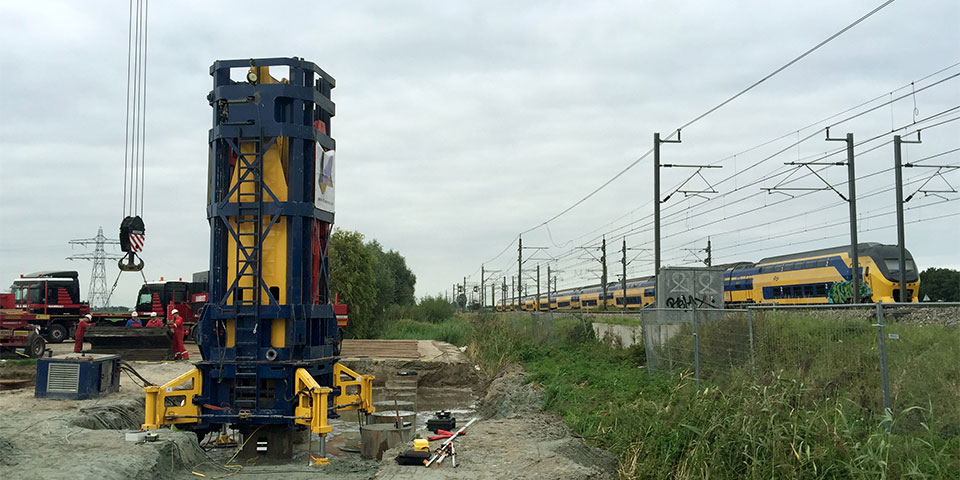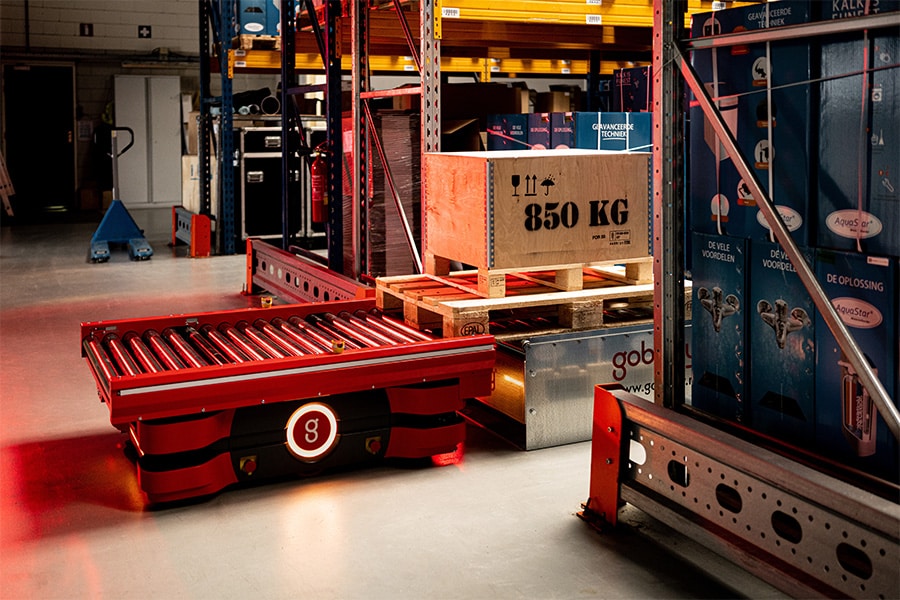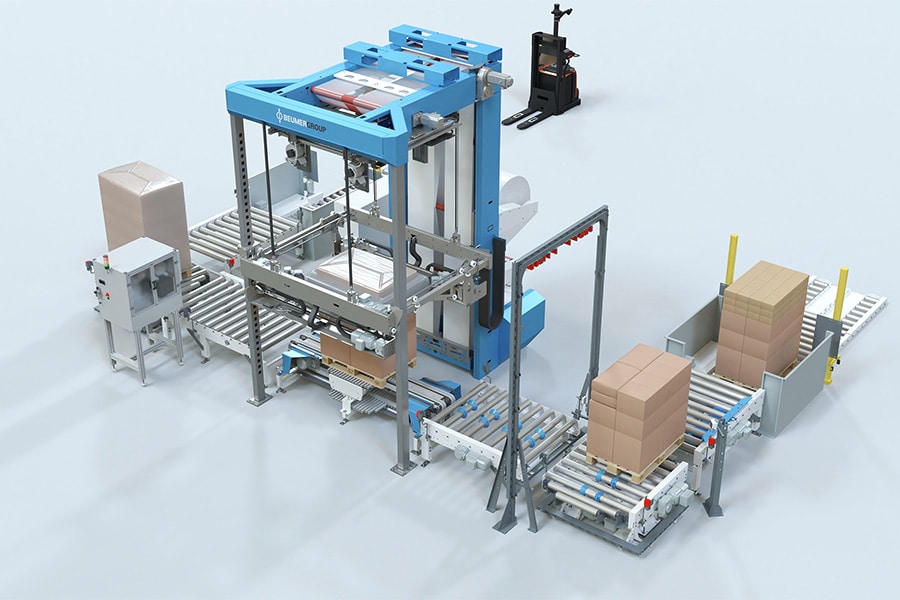
Fast pole testing gains popularity
Increasing attention is being paid to performing test loads in foundation design. According to Rob van Dorp of Allnamics, significant savings can be realized by designing foundations more sharply than the set standards. The condition is that the design must be tested according to the NPR 7201 (Dutch Practice Guideline). Allnamics developed a unique and efficient methodology for performing rapid pile testing, called StatRapid.
Allnamics conducts pile tests to determine the quality and suitability of a foundation pile. "It varies from tests to determine the bearing capacity to tests to analyze the pile-ground behavior or to check the pile itself," says Van Dorp. "We are basically testing whether what was conceived in theory is practically realized at that location."

StatRapid test loads
In addition to static test loading, so-called dynamic test loading was developed in the 1960s," says Marcel Bielefeld of Allnamics. "At that time mainly for testing large piles for offshore structures, now commonplace worldwide on all pile types. However, dynamic test loading comes with a number of limitations and uncertainties. The Rapid Load Test is a quasi-static test that combines the advantages of both tests: the reliability of static trial loading with the speed and cost savings of dynamic loading, with raw measurement results available immediately on site. An efficient and scalable method for performing rapid pile testing. Meanwhile, this method of testing has become a globally accepted test method and anchored in many codes and standards (including the EuroCode and ASTM)." Van Dorp adds: "A number of our StatRapids are therefore stationed in Asia. An example project in the Netherlands is the Spuikwartier in The Hague and in Belgium this method of test loading was applied in the construction of the new traffic bridge in the port of Zeebrugge."
The NPR 7201 (Dutch Practice Guideline) names a number of classes of test loads. "In The Hague, a class A test was performed, that is, the pile was equipped with a force meter, displacement meters and strain sensors," Van Dorp explains. "In this way, the design factors were determined and this enabled us to design the foundation structure significantly lighter than required by the standard. With our StatRapid, four test piles were tested and the tightened design could be demonstrated. This resulted in a foundation construction with fewer and shorter piles. However, the most common pile tests are type C and D, which -with or without StatRapid- check whether the behavior of the pile complies with the design."



